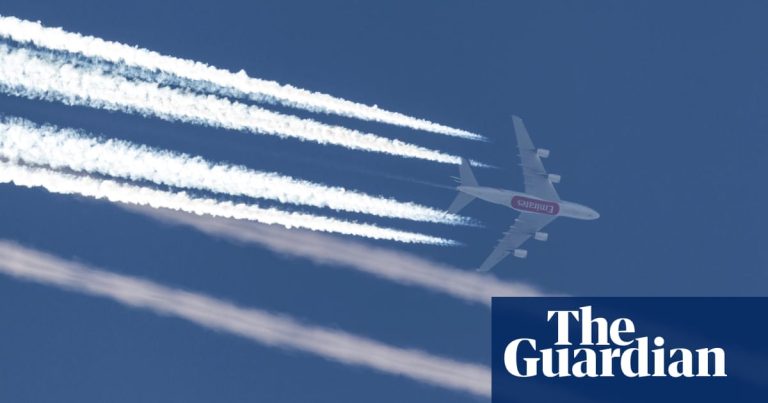Trump Administration’s Chemtrail Debunking Fuels Conspiracy Theory Concerns
The Environmental Protection Agency (EPA) recently launched websites addressing contrails and geoengineering in an attempt to dispel the “chemtrail” conspiracy theory. Conspiracy theorists believe these vapor trails from aircraft are evidence of covert chemical spraying for nefarious purposes. While the EPA’s intent was to clarify the science behind contrails and ongoing research into geoengineering, the move has been met with skepticism and concern from some experts, who argue that the Trump administration’s own actions and rhetoric have contributed to the spread of climate misinformation and conspiratorial thinking. The timing of the website launches coincided with unfounded rumors linking weather modification technology to the devastating floods in Texas, though the EPA insists the releases were planned months in advance.
Critics point to the Trump administration’s history of downplaying climate change and promoting skepticism about established science. President Trump himself has dismissed climate change as a “hoax,” and his administration has systematically rolled back environmental regulations, cut funding for climate research, and removed climate information from government websites. These actions, coupled with the president’s own dissemination of misinformation on various topics, have created an environment of distrust in institutions and scientific expertise, which can fertile ground for conspiracy theories.
Furthermore, some argue that the administration’s focus on debunking the chemtrail theory serves as a distraction from more pressing environmental issues, such as the role of climate change in exacerbating extreme weather events like the Texas floods. Senator Sheldon Whitehouse (D-RI), a prominent voice on climate action, criticized the EPA for “wasting taxpayer money chasing baseless conspiracy theories” instead of addressing the real and present danger of climate change. He contends that the administration’s true agenda is to protect the fossil fuel industry, which has a vested interest in downplaying the severity of climate change.
Adding to the complexity of the situation are comments made by Robert F. Kennedy Jr., Trump’s health and human services secretary, who has expressed belief in the chemtrail conspiracy theory. While Kennedy later praised the EPA’s new initiative, his previous statements have contributed to the confusion and fueled the perception that the administration is not taking the issue seriously. This mixed messaging undermines the EPA’s efforts to debunk the theory and further erodes public trust.
Experts in folklore and conspiracy theories suggest that the administration’s actions, coupled with a general decline in trust in institutions, create a perfect storm for the proliferation of such beliefs. When people lack confidence in official explanations, they are more likely to embrace alternative narratives, even if those narratives are based on misinformation or speculation. The chemtrail conspiracy theory, like many others, offers a simple explanation for complex phenomena, making it appealing to those seeking readily understandable answers.
Ultimately, the EPA’s attempt to address the chemtrail conspiracy theory has inadvertently highlighted the broader problem of misinformation and the erosion of trust in scientific expertise. Critics argue that the Trump administration’s own actions have contributed to this climate of distrust, making it more difficult to combat conspiracy theories and address critical environmental challenges like climate change. They contend that focusing on fringe theories while simultaneously dismantling environmental protections and promoting climate denial serves as a dangerous distraction from the real conspiracies and threats facing the American public. The confluence of these factors has created a polarized environment in which even well-intentioned efforts to debunk misinformation can be interpreted as further evidence of a cover-up.


